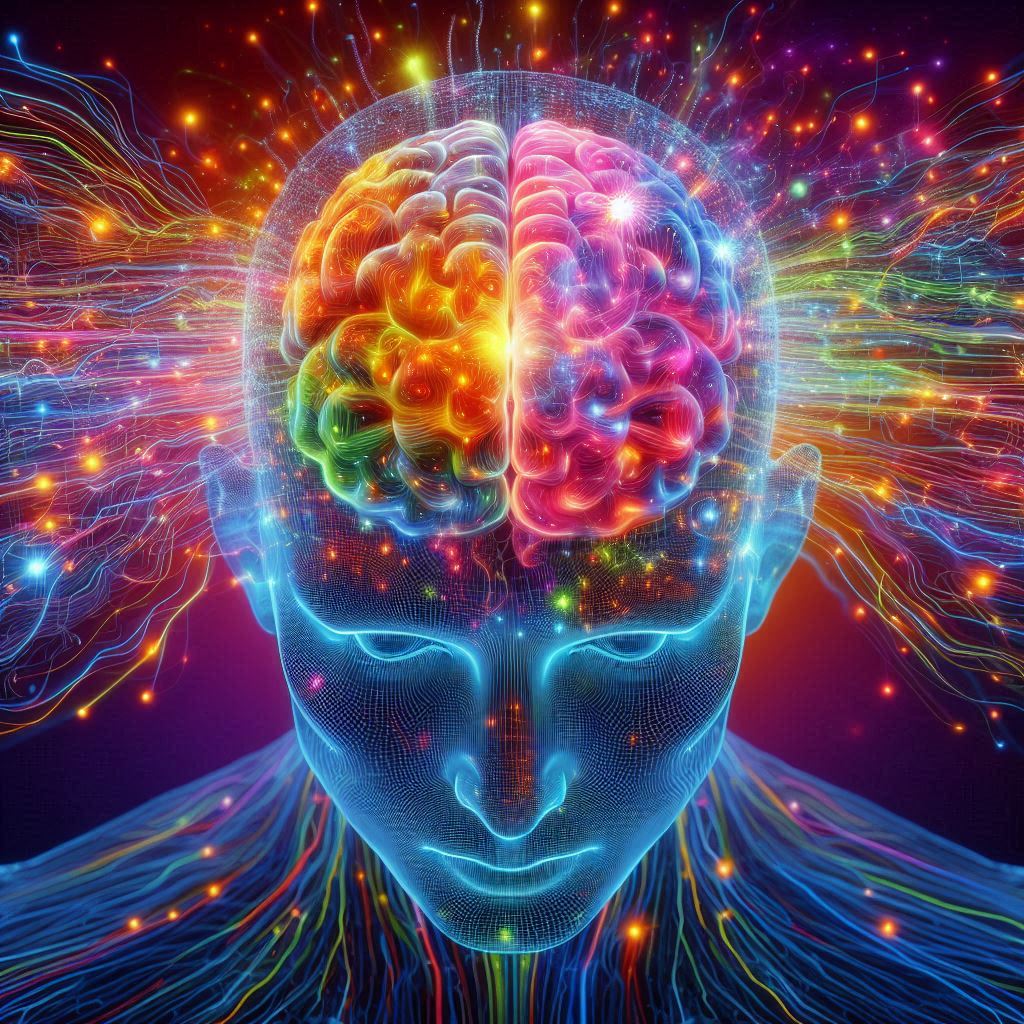How Is the Brain Changing in the Digital Age?
The digital age has brought significant changes to every aspect of life, and one area experiencing profound transformation is the human brain. With constant exposure to technology, from smartphones and social media to artificial intelligence, our brains are adapting to a world that’s more connected, fast-paced, and information-rich than ever before. But how exactly is the brain changing in this digital era? Let’s explore the neurological shifts that are taking place and their potential long-term effects.
1. Introduction to the Digital Age and Brain Evolution
In the last few decades, the internet and digital technologies have dramatically reshaped society. From communication and education to entertainment and business, nearly every domain has been revolutionized. But while we have seen the obvious external changes, the less visible yet equally important transformation is happening inside our heads—within the neural architecture of our brains.
Key Points:
- The brain’s plasticity allows it to adapt to the digital environment.
- Our cognitive processes, such as attention span, memory, and decision-making, are increasingly influenced by technology.
- These changes have sparked discussions on whether these adaptations are beneficial or detrimental.
2. Shortened Attention Spans and Multitasking
The rise of digital technology, particularly mobile devices, has led to an era of constant notifications, distractions, and multitasking. Studies suggest that the average attention span has decreased significantly in recent years. According to research, it is now around 8 seconds, down from 12 seconds in 2000, which is often attributed to the overwhelming amount of stimuli presented by digital platforms.
Impact on the Brain:
- Cognitive Overload: The brain is bombarded with information from multiple sources, which can lead to cognitive overload.
- Reduced Deep Focus: With constant switching between tasks (like checking emails while watching a video), the brain’s ability to focus deeply on one task for extended periods has diminished.
- Superficial Processing: People may process information more quickly but at a superficial level, leading to weaker retention and comprehension.
3. Memory: Outsourcing to Digital Devices
Another significant shift in brain function relates to memory. With easy access to search engines like Google and digital devices that store vast amounts of information, humans are increasingly outsourcing memory tasks. This phenomenon, sometimes referred to as “digital amnesia,” has both positive and negative implications.
Impact on the Brain:
- Decreased Rote Memory: People are less likely to memorize facts because they know they can easily look them up. This affects the hippocampus, the brain region responsible for long-term memory storage.
- Enhanced External Memory: On the flip side, reliance on digital tools like reminders, calendars, and note-taking apps allows us to focus on more complex cognitive tasks without being bogged down by trivia.
4. Social Interaction and Emotional Intelligence
The way we communicate and interact with others has been dramatically altered by technology, particularly social media. While digital platforms offer unprecedented opportunities for connection, they may also be changing how our brains process social and emotional information.
Impact on the Brain:
- Decreased Face-to-Face Interaction: With the rise of online communication, face-to-face interactions are declining, which can affect our ability to read and respond to social cues and body language.
- Dopamine and Reward Systems: Social media platforms are designed to trigger the brain’s dopamine reward system. Every like, comment, or share releases dopamine, reinforcing the desire to keep using these platforms, which can contribute to addictive behaviors.
- Empathy and Emotional Processing: Studies suggest that frequent social media use may reduce empathy levels, as digital interactions don’t provide the same emotional richness as in-person interactions.
5. Adaptation and Brain Plasticity: The Silver Lining
While many of the changes brought on by the digital age seem alarming, it’s important to remember that the brain is highly adaptable. Known as neuroplasticity, this ability allows the brain to reorganize itself by forming new neural connections throughout life. Therefore, just as the brain adapts to the challenges of a digital world, it can also develop new skills and strengths in response.
Positive Adaptations:
- Enhanced Problem-Solving Skills: Video games, for example, have been shown to improve strategic thinking and problem-solving skills.
- Increased Visual Processing: The digital environment often requires rapid processing of visual information, which can enhance spatial and visual recognition abilities.
- Improved Multitasking Abilities: While multitasking can diminish focus on a single task, some individuals are developing better skills to handle multiple streams of information simultaneously.
6. What the Future Holds: Striking a Balance
The digital age is still evolving, and so too is its impact on the brain. Researchers continue to study these changes to understand both the short- and long-term effects. However, many agree that a balanced approach to technology is key.
Recommendations for Healthy Brain Function:
- Mindful Technology Use: Set limits on screen time and be intentional with how you use digital devices to avoid constant distractions.
- Engage in Cognitive Exercises: Activities like reading, puzzles, and memory games can help maintain cognitive sharpness.
- Prioritize Face-to-Face Interaction: Balance online communication with in-person socializing to preserve emotional intelligence and empathy.
- Take Digital Detoxes: Periodic breaks from technology can give your brain a chance to reset and recover from the constant barrage of information.
7. Conclusion: Navigating the New Digital Brain
The digital age is undoubtedly reshaping the brain in unprecedented ways. While some of these changes pose challenges, such as reduced attention spans and memory reliance on digital devices, there are also opportunities for growth and adaptation. By becoming aware of how technology influences brain function, individuals can take proactive steps to ensure they maintain a healthy balance between digital engagement and mental well-being.
In the end, understanding and navigating these changes will be crucial for thriving in an increasingly digital world.














Post Comment